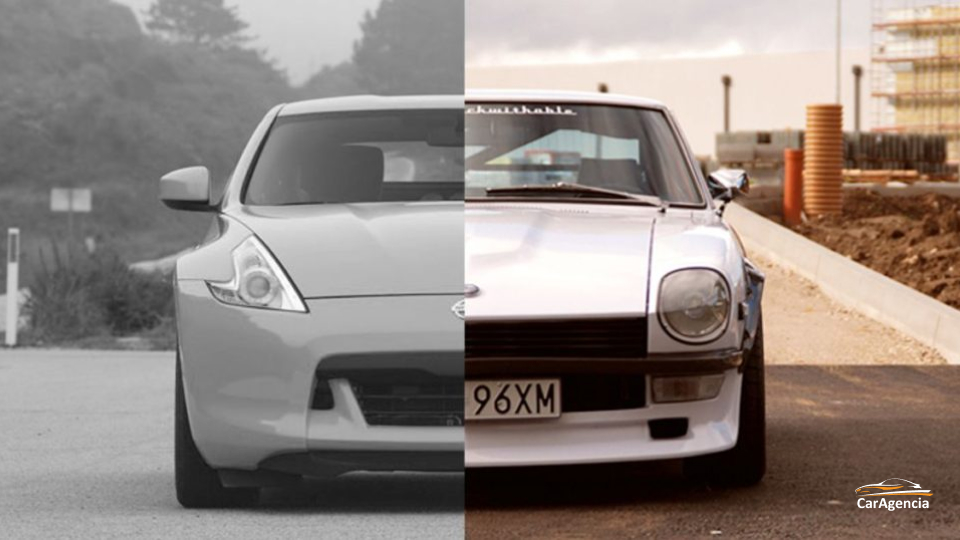 Kiran C
Kiran C
Natural disasters can leave significant damage in their wake, and sometimes, that includes your car. Whether it’s flooding, severe storms, or even wildfire damage, the loss of your vehicle can feel overwhelming. Fortunately, there are several steps you can take to replace your car after a natural disaster and get back on the road.
Before jumping into the replacement process, take a moment to assess the damage to your car. If it’s still accessible, document the condition with photos and videos. If the car is towed or submerged, gather as much information as possible through your insurance company or local authorities.
Key things to document:
Visible exterior damage (dents, scratches, broken windows)
Interior damage, such as water levels or fire marks
The car’s current location and condition
This information will be critical when filing an insurance claim and verifying the extent of the damage.
The next step is to file a claim with your car insurance provider. Many policies include protections for natural disasters under comprehensive coverage. Contact your insurance company promptly to kick-start the claims process.
Here’s what to expect:
Provide documentation: Submit the photos, videos, and any other information you collected about the vehicle's damage.
Claims adjuster review: An adjuster will assess your car’s condition and estimate the payout based on its current market value (if declared a total loss).
Settlement offer: Once the review is complete, your insurance company will present a settlement, which reflects the amount you’ll receive to replace your car.
Tip: Don’t hesitate to ask questions or negotiate if you believe the settlement estimate doesn’t fairly represent your car’s value.
Natural disaster recovery comes with its share of unexpected expenses, and replacing a car can be costly. If insurance doesn’t cover the full cost or you don’t have comprehensive coverage, other financial assistance options may be available:
FEMA Assistance: If you live in a disaster-declared zone, the Federal Emergency Management Agency (FEMA) may provide financial aid to help with expenses, including transportation.
Local Relief Programs: Communities and nonprofit organizations often offer disaster relief programs specifically for transportation needs.
Employer or State Loans: Some employers or state programs may offer low-interest loans for victims of natural disasters.
Start by researching options within your region for immediate support.
Once you have the financial side sorted, it’s time to start searching for your next car. Keep in mind the factors that are important to you, like reliability, fuel efficiency, or cargo space. Here are steps to find the right replacement:
Set Your Budget: Determine the amount you’re willing to spend based on your insurance payout and financial assistance, if applicable.
Consider Pre-Owned Options: Certified pre-owned vehicles often offer great value and reliability.
Look for Sale Offers: Keep an eye out for dealership inventory clearances or disaster relief discounts offered by manufacturers.
While you can’t eliminate the risk of natural disasters, you can take steps to better protect your vehicle in the future.
Choose Safe Parking Locations: Avoid flood-prone areas or park in covered garages if possible.
Comprehensive Coverage: Ensure your car insurance policy includes comprehensive coverage to protect against natural disasters.
Protective Measures: Use weather-resistant covers or barriers during extreme weather events.
Replacing your car after a natural disaster is undoubtedly stressful, but having a clear plan can make the process manageable. By assessing the damage, contacting your insurance company, exploring financial options, and thoughtfully choosing your next vehicle, you’ll be back on the road in no time.
Still have questions? Share your experiences or tips below. Together, we can help each other prepare for and recover from the unexpected.